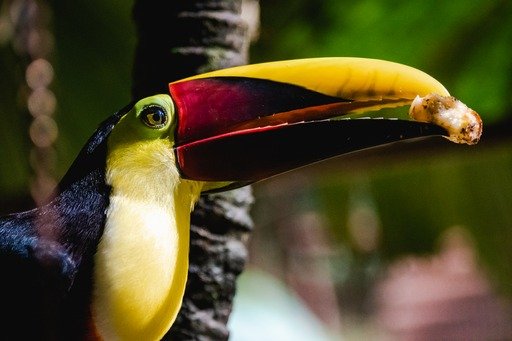- Did You Know?
- Wildlife Sanctuary Tour
- Interview with Program Manager
- How many different species of animals have you received?
- How many volunteers do you currently have at Alturas Wildlife Sanctuary?
- Is there anything you want others to know about Alturas Wildlife Sanctuary?
- If someone is looking to visit or volunteer at a real wildlife sanctuary, how can they know that it is an actual sanctuary?
- What does the future hold for Alturas Wildlife Sanctuary?
- Help support Alturas Wildlife Sanctuary
Did You Know?
Did you know that the temperature of egg incubation is the determining factor that controls the gender of most turtles, alligators and crocodiles? Yea, me either! The name of this phenomenon is known as, TSD (Temperature-dependent sex determination). For example, if the developing eggs are on the cooler side the hatchlings will be female. If the developing eggs are on the warmer side, the hatchlings will be male. Interesting, right? This is only one of the many educational take aways from touring Alturas Wildlife Sanctuary in Costa Rica.
Alturas Wildlife Sanctuary has been successfully nursing animals back to health since December 2014.
We had the opportunity to tour Alturas Wildlife Sanctuary and learn more about the role of an actual wildlife sanctuary in Costa Rica.

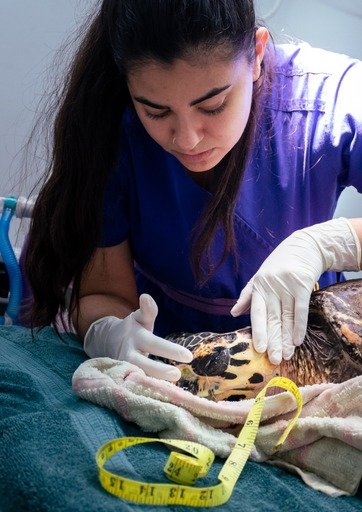
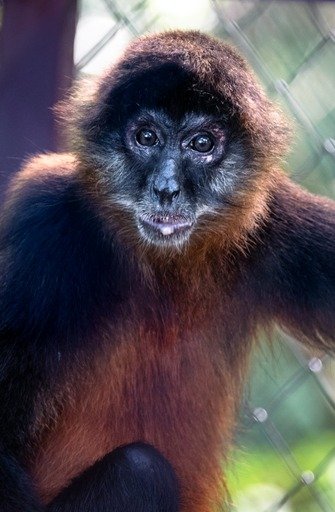
Wildlife Sanctuary Tour
The tour started with tour guide and animal caretaker, Rigo, educating us about the day-to-day at Alturas Wildlife Sanctuary. Rigo told us about a few of the current animals that were in the process of rehabilitation and release. Rigo also educated us on why it is so important not to allow visitors to tour the rehabilitation side of the sanctuary. Sick and hurt animals are not our ticket to get up close and personal. If you find yourself at a wildlife sanctuary where close encounters are permitted with the rehabilitating animals, consider that red flag number one, but we will talk about that later.
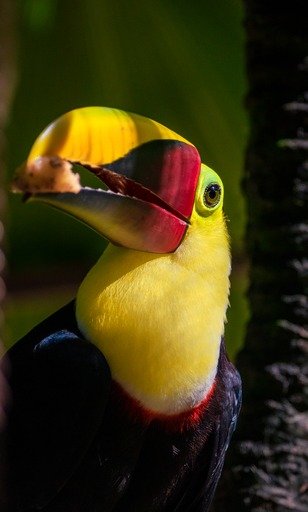


Next, we walked into an area where we would be able to see a few of the animal species that Alturas Wildlife Sanctuary helps to rehabilitate. Visitors are permitted to enter this area of the sanctuary for a variety of reasons, but all reasons funnel down to one simple fact- Unfortunately, these animals did not pass their release tests and in turn, they would not survive in the wild.
Prior to entering, we received instructions on how we could respectfully get a look at these animals without stressing them out. At one point, each one of these animals were rescued, rehabilitated and then evaluated for release.

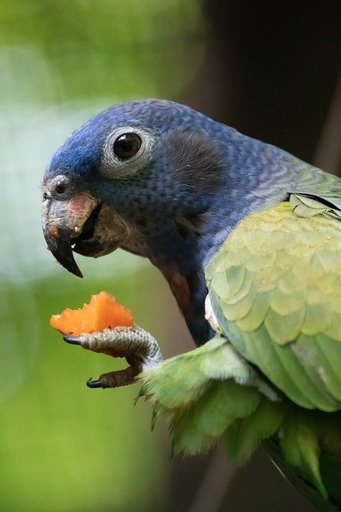

You cannot take a sick or hurt animal, rehabilitate them then immediately send it back on out into the rainforest. There are very strict standards, protocols, and tests to ensure the best release outcome for each animal. Although the main goal of Alturas Wildlife Sanctuary is the recovery and release of each animal, sometimes this goal is unattainable due to outside factors. Sadly, if previously the animal was domesticated, odds are they are not releasable due to being humanized to such a degree that their natural animal instincts, such as hunting, will no longer be present. Alturas Wildlife Sanctuary then becomes their permanent home.
Make your tour reservation here.
Interview with Program Manager
After our educational tour, we sat down with program manager, Christina Azzopardi Schellmann, and animal caretaker, Rigo, and talked about the work Alturas Wildlife Sanctuary is doing to help these at risk animals.
How many different species of animals have you received?
Since opening 7.5 years ago, we have received over 250 different species of animals at Alturas Wildlife Sanctuary. Right now, we have over eight different species just in parrots. Currently, on the sanctuary side, we have about 35 animals. In the rehab and release area, the number is always changing. There are moments where we have had up to 100 animals at one time and there are moments where we have had less.
How many volunteers do you currently have at Alturas Wildlife Sanctuary?
That also fluctuates. We only accept a maximum of about 11 at one time. We are not a program that just has volunteers to have volunteers, we actually need them to work. At the moment, we have nine volunteers. Our volunteer program is open all year round and most of our volunteers are from abroad. Housing and all meals are provided.
Read more about volunteer opportunities at Alturas Wildlife Sanctuary.
Is there anything you want others to know about Alturas Wildlife Sanctuary?
I think there is a common misconception that when you come to Alturas Wildlife Sanctuary for a tour that you are coming to pet and handle the animals. While in some countries this is legal, it is not in Costa Rica. Also, just because something is legal does not make it right. As humans, we have this inherent need to always touch and manipulate things, but we should learn to respect nature. Something frustrating to us is that people do not understand that wildlife is completely different from domestic animals. They do not want to be handled and stressed out. I think this will change with education and awareness.
Another thing is, we are a sanctuary and a rescue center and our aim is to rescue injured wildlife, but we are here trying to reverse the effects of what people are doing, not interfere with the natural progression of life.
For example, we would rescue an animal hit by a car or electrocuted. However, a lot of times, we get phone calls from people saying there’s a toucan with a broken beak, which is a natural occurrence or a mother has abandoned her sick baby. While it is sad, because you know the toucan may die from being unable to eat or the baby will die, it is a natural cycle. We do not want to interfere with nature and mess up gene pools. Sometimes people have a hard time understanding that. We try to explain to them that we are here trying to reverse the negative effects of humans and not what happens naturally.
If someone is looking to visit or volunteer at a real wildlife sanctuary, how can they know that it is an actual sanctuary?
There are some basics you can always check.
Number one– If it is an actual sanctuary this means the animals have been rescued so they should not be breeding. No animal at a sanctuary is the right representative of its species due to injuries or sicknesses. We do not want them breeding because their offspring may end up with these same issues and in turn, be unfit for release. If you are touring a sanctuary and someone says, “Oh, this capuchin monkey just had a baby.” That is a bit of a red flag. Unless they have a breeding program for release, but then that means people usually cannot see the animals.
Number two– There are many companies hiding behind the word ‘sanctuary’ to attract more eco-conscious individuals. You should not have 20 people bathing an elephant. The elephant is still being controlled in a certain way. If the sanctuary does not have a hands off policy, consider that a red flag. On the same topic, if you are able to get close enough to take a selfie with an animal that is very stressful for that animal. In Costa Rica, it is illegal to take animal selfies.
What does the future hold for Alturas Wildlife Sanctuary?
We do have plans to expand the rescue and release side of things. We hope to establish a breeding program for endangered species and do actual releases along with post release motoring. Post release motoring obviously takes a lot of funding due to the monitoring devices being ridiculously expensive. In the future, we would also like to become more research based. Housing two spider monkeys is great, but it is not going to affect their population in the wild. We are looking towards more long-term solutions in the future.
Help support Alturas Wildlife Sanctuary
Alturas Wildlife sanctuary not only provides lifesaving treatment, care and long term housing, but they are improving the way we as humans interact with the world around us by educating the public on how we can successfully co-exist with the natural world. All the work they do is only possible with donations from people like you!
Alturas Wildlife Sanctuary is a non-profit organization and funding does not come easy. They need your continued support so they can continue their life saving care and education!
Support Alturas Wildlife Sanctuary here. No amount is too small!
Follow Alturas Wildlife Sanctuary on Instagram and stay up to date on all your favorite rainforest pals!
Photo credit: Anna Vogl |
